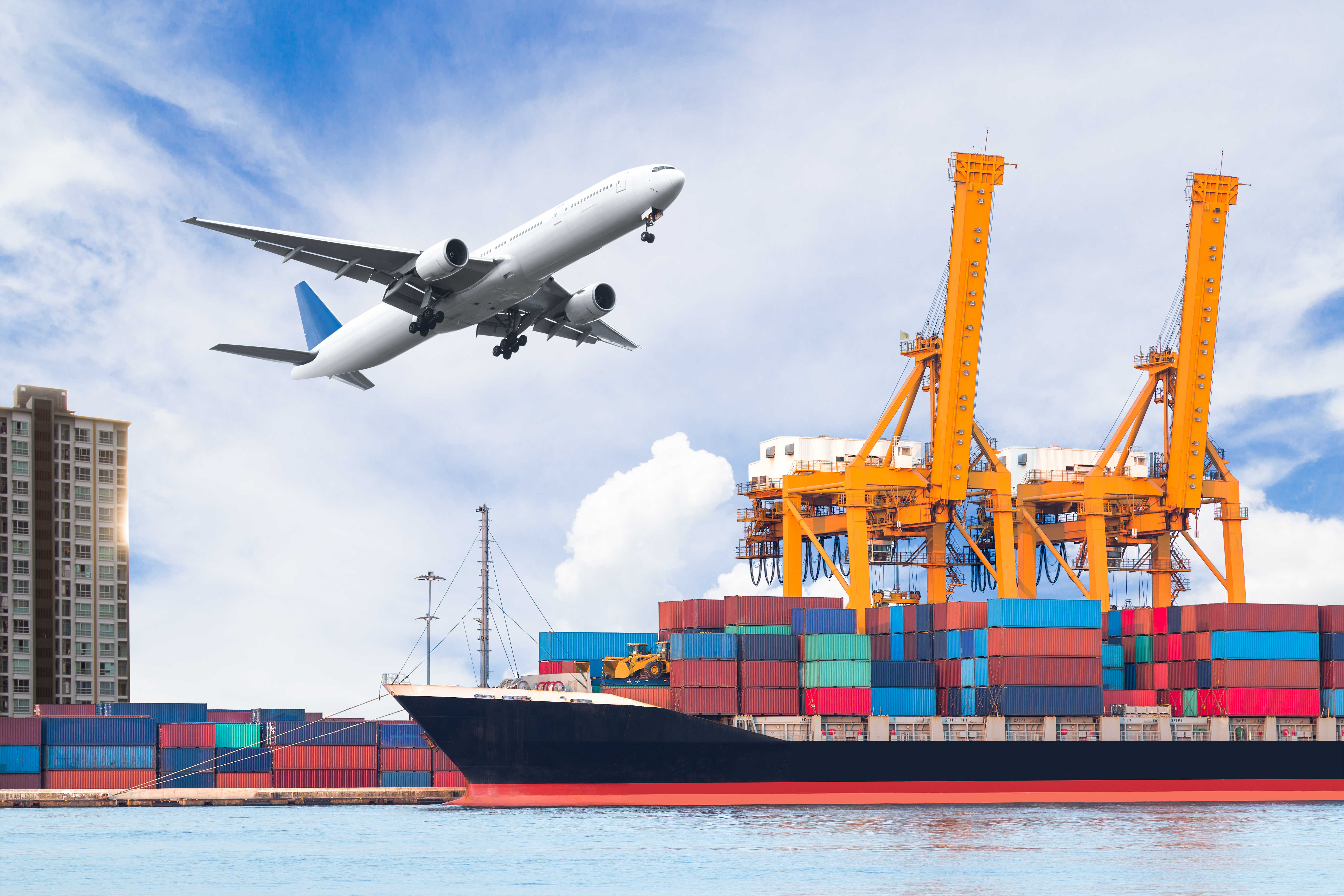Although Los Angeles is known for its beautiful beaches, movies, landscapes and marvelous weather the city also has become infamous for the air pollution and smog that floats on top of the high rises during sunset. Los Angeles has become one of the most polluted cities in the United States, ranking 3rd in the most recent report conducted by the American Lung Association.
I don’t think anyone can ignore the contribution of port traffic to polluted air, especially if you are driving on Harbor freeway everyday for your daily commute which I have done for quite a while. About 4 years ago Port of Los Angeles and Long Beach put their Clean Truck program into effect. By all accounts this program has been one of the world’s most comprehensive “cleaner air” plan.
The multi-billion dollar plan was to replace around 18,000 drayage trucks running in and out of Long Beach and Los Angeles ports with an effective date of October 2008. As of today, with a few exceptions, all 11,000 trucks operating in the POLB are 2007 EPA-certified or newer. Over a 3 year time span, EPA award-winning Clean Truck Program has parked thousands of dirty rigs and replaced them with newer models that operate 90% cleaner. One of the main reasons this program generated big interest was clean truck fee imposed by the ports – $35 for a 20ft container and $70 for a 40ft container on all pre 2007 trucks started in February 2009. In order to avoid such fees, the trucking industry has acted very fast in upgrading their trucks.
Despite all the incentives provided, the largest cost of the Clean Truck Program went to the draymen that had to buy new trucks and also millions of tax reserves used to fund the program and give initiatives. The Program has also driven many independent drivers out of work due to insufficient funds. As of January 1st 2012, Long Beach and Los Angeles ports stopped assessing the clean truck fee and banned all 2006 and older trucks from entering the ports. However, even today I hear this fee being assessed to cargo interests under the same name, or hidden in the total trucking cost. The case was taken to FMC by brokers and cargo interests in January.
As a resident living within 15 miles radius of Los Angeles and Long Beach port area for last 5 years, I’m very glad to hear that the air I’m breathing in everyday is cleaner than before., and it’s good to see that this plan has motivated or pressured similar plans going in to effect in other parts of the country.
The EPA estimates that 87 million Americans live or work near port regions that violate air quality standards. They are exposed to diesel soot, putting them at grave risk for cancer, asthma and heart disease. The Los Angeles-Long Beach clean-truck programs have generated quite a bit of attention due to legal challenges from the trucking industry and the Federal Maritime Commission. In other ports around the country, similar proposals have generated much less interest and are being developed more slowly. Most of those plans do not involve truck fees but mostly incentives given to truck owners to replace their trucks. The general intention of clean-truck programs at other ports is to expedite the introduction of new 2007-model trucks that meet Federal Environmental Protection Agency clean-air standards, or to encourage changing the engine type of older trucks to reduce pollution.
Seattle and Tacoma, for example, have been developing clean-truck programs for quite a while. The goal is for a large percentage of all harbor trucks to meet 2007-model emission standards by 2015 and one hundred percent of the trucks must meet 2007 standards by 2017. In New York, trucks not equipped with engines that meet or exceed 2007 federal emissions standards are planned to be banned entering the Port Authority marine terminals beginning January 1, 2017.
Oakland is also modeling a similar program after the California Air Resources Board Drayage Truck plan that calls for all trucks serving harbors and intermodal rail yards to be 2007-model or cleaner by the end of 2013. The South Carolina State Ports Authority also launched a voluntary program to help truck owners replace older trucks in September 2011. In Massachusetts, the Port Authority also launched a program last year intending to replace old drayage trucks at the Port of Boston through a $1.5 million program that includes a $500,000 grant from the Environmental Protection Agency. The city of Boston saw its first clean truck purchased last month, funded by the Massachusetts Port Authority.




